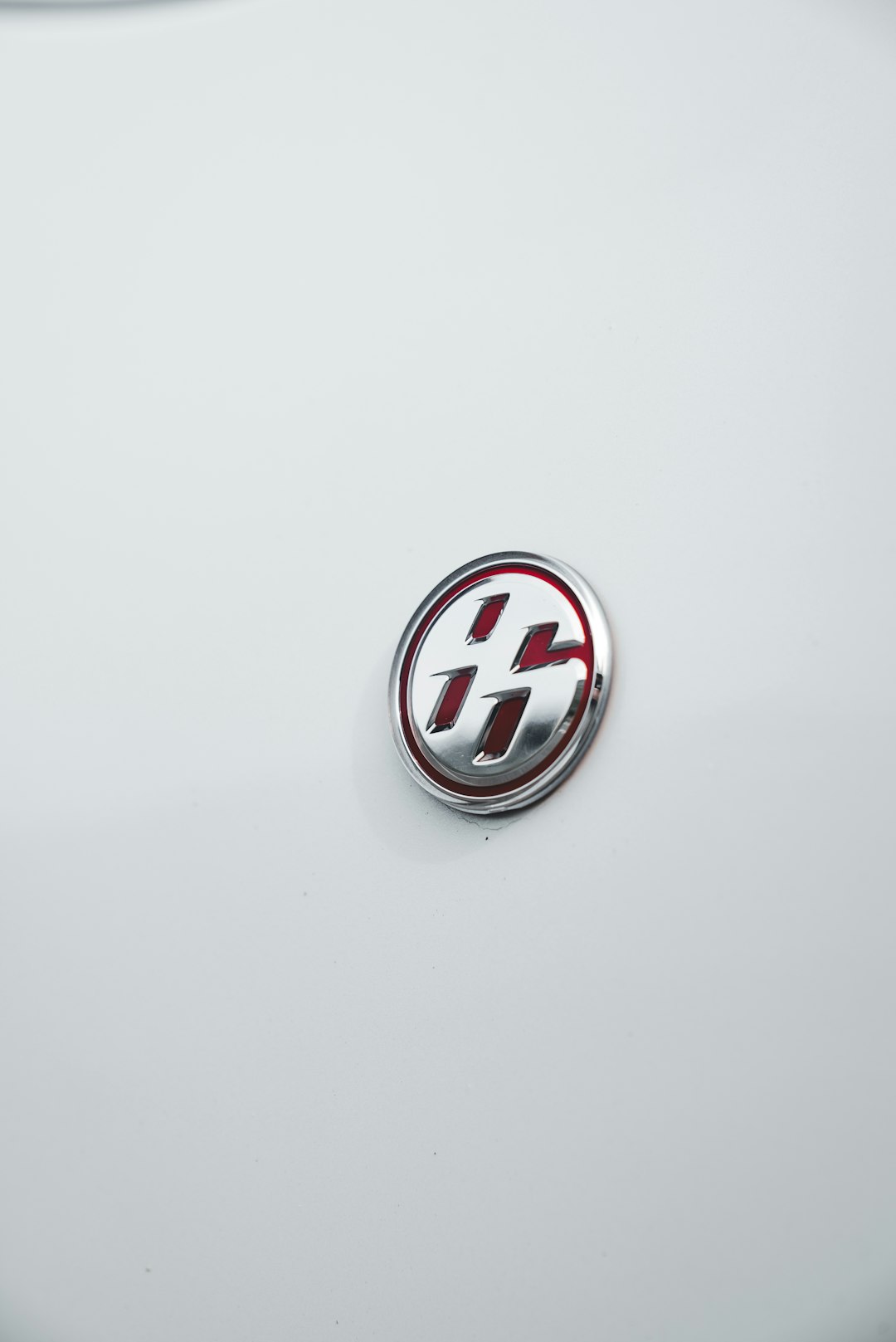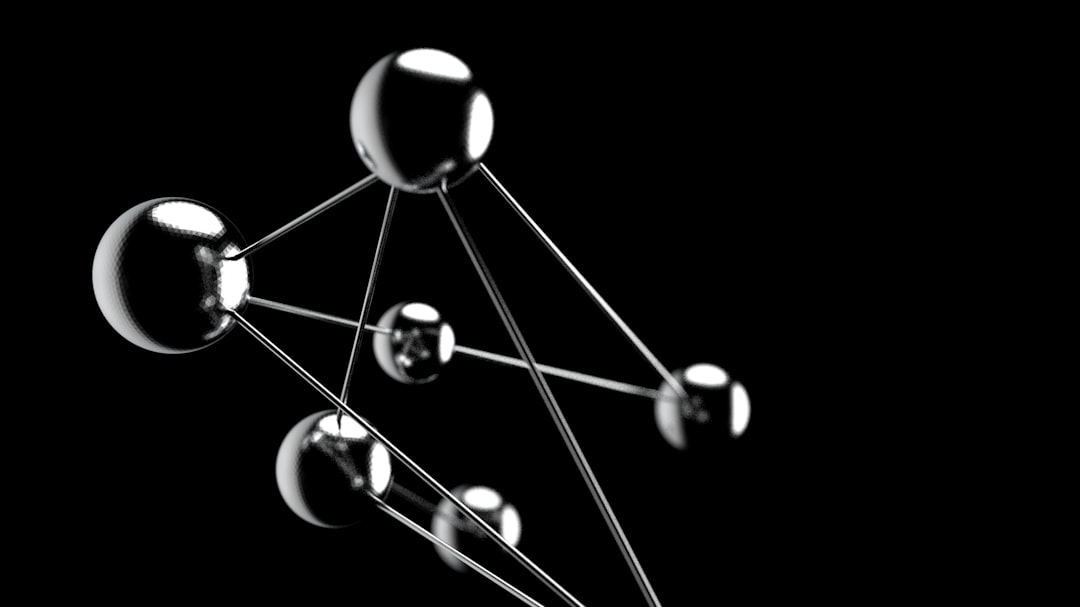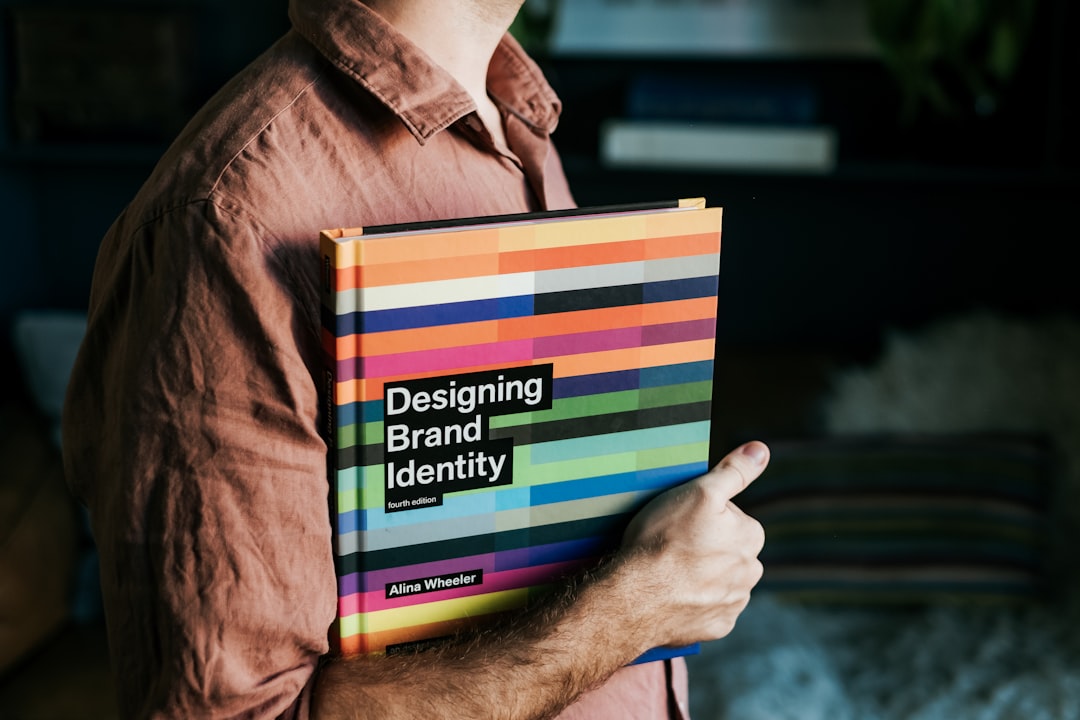When developing or distributing brand assets, maintaining visual consistency across various media and contexts is essential. A Logo Export Map serves as a comprehensive guide for deploying a brand’s logo in different formats and orientations. Understanding how and when to use specific versions such as Horizontal, Stacked, Mono, and Knockout logos ensures visual harmony and proper brand representation across both digital and print environments.
TL;DR
Table of Contents
A Logo Export Map is a reference tool outlining different logo versions for various use cases. The four most common types—Horizontal, Stacked, Mono, and Knockout—each serve unique visual and contextual functions. Using the right version enhances brand clarity and visual appeal in dynamic settings. This guide breaks down each type, explains appropriate usage, and provides best practices to ensure consistent branding.
What is a Logo Export Map?
A Logo Export Map is a structured diagram or set of asset files that presents all available versions of a brand’s logo. These assets are typically categorized based on format (PNG, SVG, EPS), color mode (CMYK, RGB, Pantone), and layout (Horizontal vs. Stacked). The goal of an export map is to make logo selection easy for designers, marketers, and developers regardless of the medium.
It’s not uncommon for brands to include their logo export map within a larger brand guidelines document or style guide.
Horizontal Logo
The Horizontal Logo is the most frequently used orientation. It arranges the icon (if one exists) and the text side-by-side, typically with the icon on the left and brand name on the right. This version is ideal for:
- Website headers
- Email signatures
- Letterhead and business cards
- Presentation title slides
Its wide format works well in spaces that are more horizontal than vertical. However, in tight design spaces or stacked formats like mobile apps or social media profile images, a different version may be more appropriate.

Stacked Logo
A Stacked Logo is a vertical version of the logo, with brand elements layered one on top of the other. Often, the icon appears above the text, or elements are constrained within a square or circular shape. The stacked arrangement ensures better use of limited vertical space, making it suitable for:
- App icons
- Social media avatars
- Posters and flyers
- Product packaging
Stacked logos are attention-grabbing and balance visual weight more evenly when space isn’t available for the horizontal format. They can also provide a bold and centered focal point for branding assets.
Mono Logo
Mono Logos (short for monochrome logos) are versions rendered in a single color—either black, white, or one solid tone. These are particularly useful in scenarios where color printing isn’t possible or where high-contrast simplicity is required. Some key cases include:
- Embroidery or screen printing on merchandise
- Fax or black-and-white printing
- Watermarks or embossed media
- Laser cutting and etching
Because mono designs are purely about contrast and shape, they emphasize the form of the logo without the distraction of color. It’s vital that the form communicates clearly even without hues or gradients.

Knockout Logo
Unlike other styles, the Knockout Logo is designed to work on dark backgrounds by reversing or “knocking out” the color. This typically means a white or light-colored logo placed on a dark or colored background. It becomes essential when maintaining visual harmony in reversed color environments, such as:
- Dark-themed websites and apps
- Printed materials with full-bleed dark backgrounds
- Video intros and overlays
- Event signage and booths
The knockout approach ensures that the logo maintains legibility and brand identity, even in night mode or inverted color schemes. Not all logos handle knockout treatments gracefully, so special attention must be given to balance and contrast.
Organizing and Packaging Logo Assets
Best practices suggest that designers or brand managers organize logos in folders with clear labeling. A typical file structure might look like:
- Logo
- Horizontal
- PNG
- SVG
- EPS
- Stacked
- Mono
- Knockout
- Horizontal
This format makes it straightforward for third-party vendors, internal designers, or developers to find the correct version for a given purpose without confusion.
Selecting the Right Logo for the Context
Here’s a quick reference table for selecting the appropriate logo version:
| Context | Recommended Logo |
|---|---|
| Website header | Horizontal |
| App icon | Stacked |
| T-shirt embroidery | Mono |
| Dark website footer | Knockout |
| Print poster | Stacked or Horizontal |
Common Mistakes to Avoid
Misusing logo versions can dilute a brand’s visual integrity. Avoid these common pitfalls:
- Using a horizontal logo in a vertical space, leading to sizing issues
- Applying mono logos in colorful environments without sufficient contrast
- Forgetting to use knockout versions on dark backdrops
- Distorting or stretching logos to fit proportions
Benefits of a Well-Defined Logo Export Map
A well-developed logo export map saves time, enhances consistency, and ensures brand trust. It empowers creative teams to choose assets confidently while maintaining alignment with brand standards. Additionally, it simplifies onboarding for third-party vendors and new staff members.

Conclusion
In a visual-centric world, logos are the face of an organization. Each variation—Horizontal, Stacked, Mono, and Knockout—plays a critical role in ensuring that that face remains polished, professional, and consistent in every scenario. By building and maintaining a clear Logo Export Map, brands protect their identity and communicate effectively across every touchpoint.
FAQ
- What is the difference between a stacked and a horizontal logo?
A horizontal logo arranges elements side-by-side while a stacked logo places them vertically, best suited for square or vertical layouts. - When should I use a mono logo?
Mono logos are ideal for black-and-white printing, embossing, or when minimalism is necessary for clarity. - What file types should I export my logos in?
Common formats include PNG for web use, SVG for scalability, and EPS for print and professional design applications. - Why is a knockout logo necessary?
A knockout logo ensures visibility against dark backgrounds by using light or reverse-colored artwork. - Can I design only one logo and use it everywhere?
While possible, it’s not advisable. Different formats ensure better readability and adaptability across platforms and devices.

